As 2018 draws to a close, we use this opportunity to bring you a soleful holiday musing: How could we engineer the perfect winter sock?
Think about your favorite pair of winter socks. Are they wool, cotton or synthetic? Ankle or knee-high? What color are they?
Perhaps you’ve never really given it much thought, but the perfect pair of winter socks has been one of humanity’s great aspirations since people figured out that warm toes are generally preferable to cold ones.
And as any knitter or crocheter could tell you, socks are much more complicated than we give them credit for. Did you know there are seven parts to a sock? Cuff, leg, heel flap, turned heel, gusset, foot and toe — each component is necessary. But can the sock as we know it be improved upon?
Better Fibers
For thousands of years, the primary method for making socks was to knit, sew or weave them by hand. If anyone has ever knit you a pair of socks, it’s a sign they truly love you — hand knit socks take many hours to make. When the first knitting machine, the stocking frame, was invented in the 16th century — allegedly by a man whose love was spurned by a woman more passionate about knitting than about marriage — it allowed socks to be made in a fraction of the time.
Today’s industrial knitting processes use the same principle as the device invented in 1589; the first industrial revolution traces its beginnings to the stocking frame, which allowed mechanization of a sector of the textiles industry. And surely the tech can be improved upon.
Electrospinning is a technique that uses electric fields to manipulate polymers to form fine fibers in the nano- and micro-range. Smitha Rao, assistant professor of biomedical engineering, researches biomedical applications of electrospun fibers for scaffolding and electrical sensing — the fibers are incredibly strong and can be embedded with sensors.
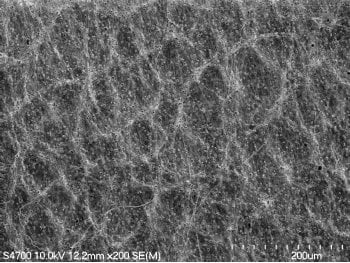
“A challenge I pose my students is to electrospin a spider web-like structure,” Rao said. “It is a structure that can support a lot of weight, not just because of the spider silk but because of the pattern it creates.”
Naturally occurring nanofibers such as collagen, keratin and others support specific biomedical functions as mechanical support, bio-signaling and bio-transportation. Along with replicating the properties of the natural materials, electrospinners can mimic the patterns of natural materials, which can be repeated several times one on top of another, weaving a beautiful and practical tapestry.
“Just like specific ingredients go into making a delectable cookie, electrospinning uses electric field, solvents and polymers to produce fibers,” Rao said. “Different sizes, patterns and features can be obtained by changing any or all of these parameters.”
But while many socks are created to be beautiful, they are a prime example of form following function.
“A more practical use here in the Upper Peninsula would be winter socks,” Rao said. “Electrospun socks with conductive silver embedded in the weave would make an ideal antimicrobial sock while also keeping your feet toasty warm.”
Sensory Stitches
Ye Sun, assistant professor of mechanical engineering—engineering mechanics and affiliated assistant professor of biomedical engineering, received an National Science Foundation (NSF) CAREER Award earlier this year that recognizes outstanding achievement by early career faculty. The research and development grant is for Sun’s project "System-on-Cloth: A Cloud Manufacturing Framework for Embroidered Wearable Electronics."
Sun’s research looks to replace wearable health monitoring devices with embroidered electronics and to build a manufacturing network and cloud-based website where stitch generation orders can be made.
Sun said a functional sock — one that could monitor blood pressure, gait or glucose levels—could provide a noninvasive method by which to provide medical interventions through sensors that could provide cues to the wearer to perform a specific action.
“Say if a child whose feet when they walk turn too far inward or outward could be corrected how they place their feet,” Sun said. “A specialized sock could not only monitor gesture and gait, but could also give intervention to the child. It could vibrate as a warning to the child to pay attention to how they place their feet, and the socks additionally could be powered to give a force in an opposite direction if necessary.”
Stop the Sagging
But what if the socks you’re wearing lose their elasticity and just won’t stay up? The answer to that could be smart adhesives.
“Smart adhesives are adhesives that could be turned ‘on’ and ‘off’,” said Bruce Lee, associate professor of biomedical engineering.
“Adhesives could be used to keep socks in place so that they do not slump down,” Lee said. “However, removal of the adhered socks could cause a lot of pain and potentially lost hairs. If one could use a smart adhesive, one could turn it ‘off’ first so that the adhered socks could be more easily and painlessly removed.”
Lee’s former advisee, Ameya Narkar, focused his doctoral work on smart adhesives inspired by mussel adhesive chemistry — a small jolt of electricity can turn the stickiness on and off — but that’s not its only potential use.
While making the smart glue, the team of engineers discovered a handy byproduct: hydrogen peroxide. In microgel form, it reduces bacteria and virus ability to infect by at least 99 percent.
And these socks could potentially keep legs and ankles safe from bacteria and viruses, which could be beneficial to those suffering from diabetes or pregnancy-related swelling.
Warm Feet for All
One of Michigan Tech’s initiatives is to create technological solutions to enhance human health and quality of life. Socks may not seem like an important subject for academic discussion, but they’re a bit of creative engineering most people take for granted. Not everyone, though. Socks are some of the most needed items in homeless shelters.
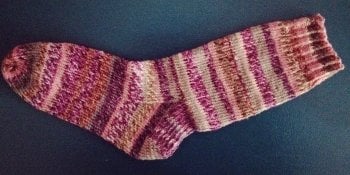
Karla Saari Kitalong, professor of humanities and director of the scientific and technical communication program, learned to knit scarves and potholders when she was 10 years old, but didn’t learn to knit socks until about two years ago. She now knits for Street Knits, an organization founded by Silke Feltz, who will soon graduate from the Rhetoric, Theory and Culture program, and who is now a faculty member at the University of Oklahoma. Street Knits is a humanitarian knitting charity that donates hand-knitted articles to the homeless.
“I've adopted the entrepreneur's slogan, ‘the perfect is the enemy of the good,’” Kitalong said. “I try to focus on quantity, warmth and washability. A less-than-perfect wool blend sock is a blessing on a cold night. A suspension bridge or artificial limb needs to be closer to perfect.”
Stitch by stitch, we can refine the design of an article of clothing that’s been under development for centuries. Warmth is a basic human need, and one day we will recognize socks are as necessary to quality of life as bridges, health monitoring and artificial limbs. Electrospinning, smart adhesives, sensors and compassion are the individual strands that may one day weave the perfectly engineered sock.
Michigan Technological University is an R1 public research university founded in 1885 in Houghton, and is home to nearly 7,500 students from more than 60 countries around the world. Consistently ranked among the best universities in the country for return on investment, Michigan's flagship technological university offers more than 185 undergraduate and graduate degree programs in science and technology, engineering, computing, forestry, business, health professions, humanities, mathematics, social sciences, and the arts. The rural campus is situated just miles from Lake Superior in Michigan's Upper Peninsula, offering year-round opportunities for outdoor adventure.

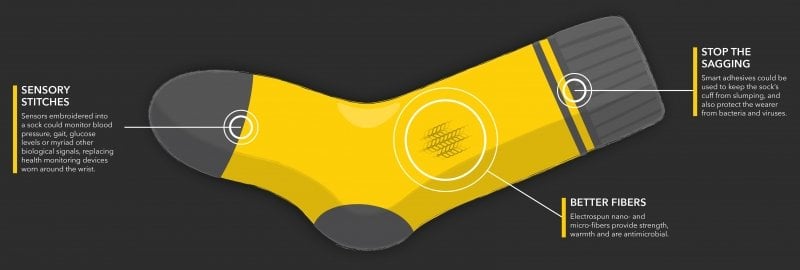
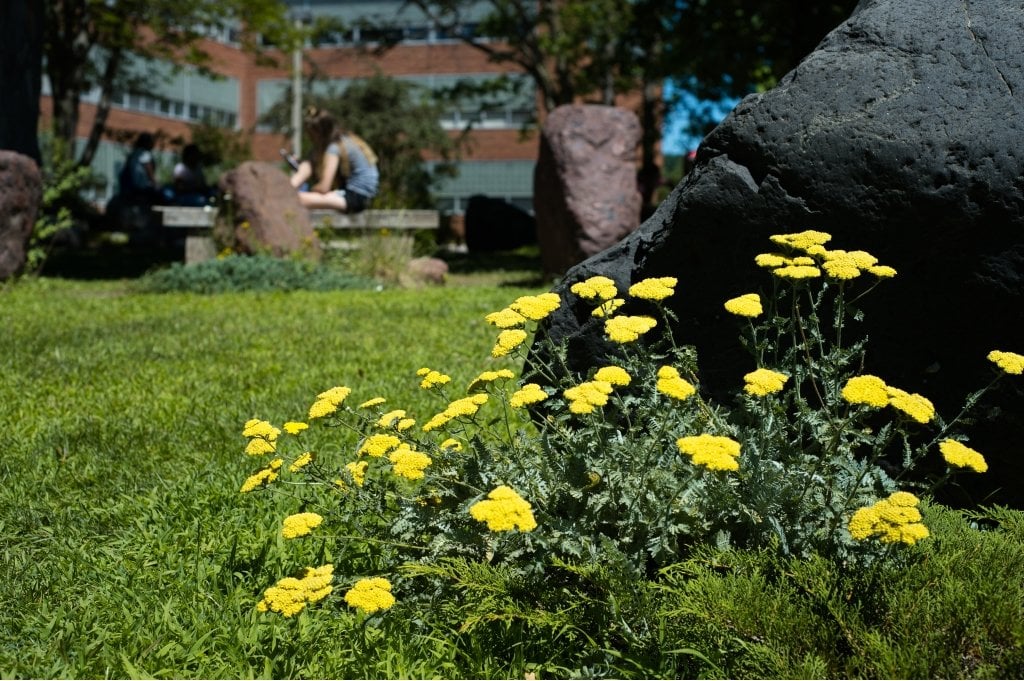
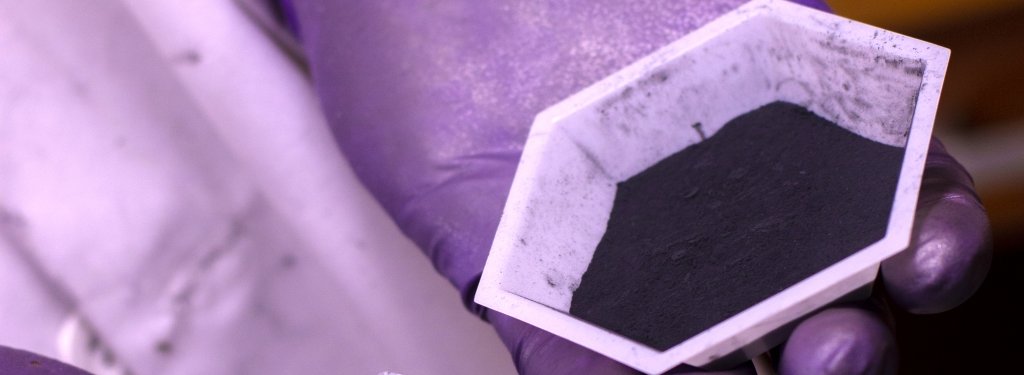
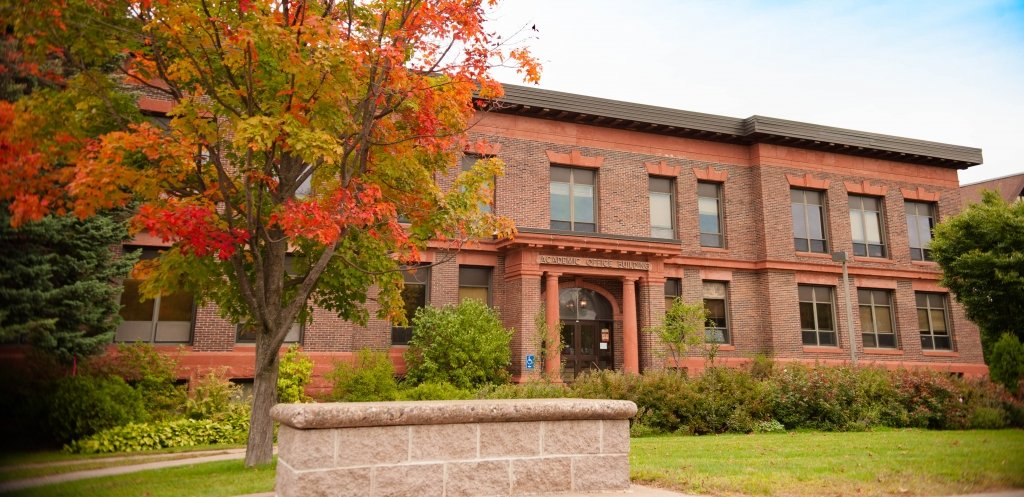

Comments